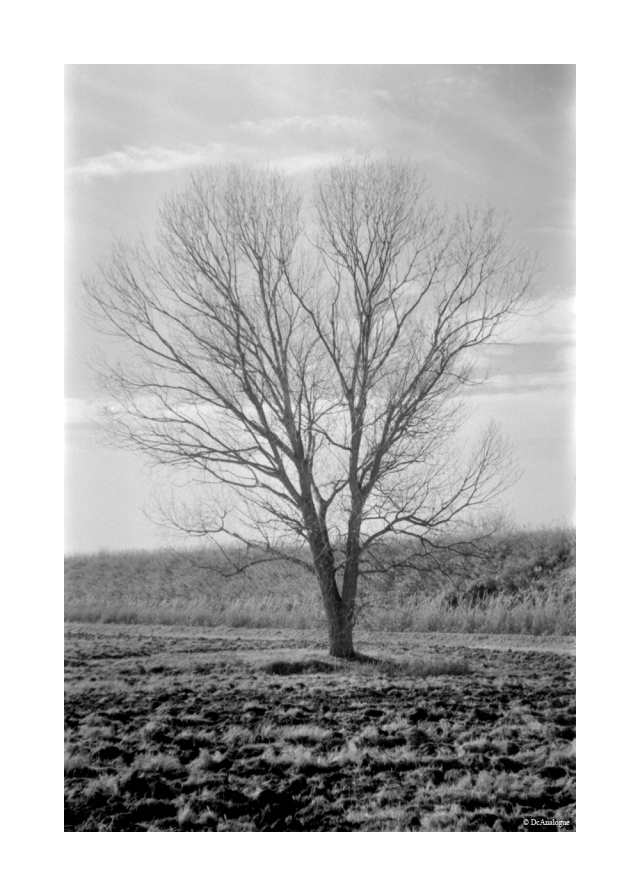
The Voskhod (Восход), which means “Dawn”, is a rare (approximately 59,000 units produced by Lomo factory) Soviet camera made during the mid ’60s. At the height of scientific and economic power in the former Soviet Union and in full Cold War, the Voskhod was designed to demonstrate the technological (and stylistic) autonomous capabilities behind the Iron Curtain. So, no more one of the many clones of famous Western cameras, but a completely new, cutting-edge project and well built camera. It must be said that one can not remain indifferent to the shape (very 60’s) really unusual for a camera, as well as in front of some technical characteristics.
The elongated shape, the large viewfinder, the recessed rewind lever, the stylized symbols on the focus ring and above all, the large black “fin” which advances the film and at the same time, cocks the shutter. The camera is equipped with selenium meter, fixed lens “Triplet”-48, a 45mm f / 2.8, with central shutter and coupled time/aperture rings. Just missing the rangefinder (unfortunately) so the focusing (to guesstimate) is facilitated by the symbols printed on the focus ring.
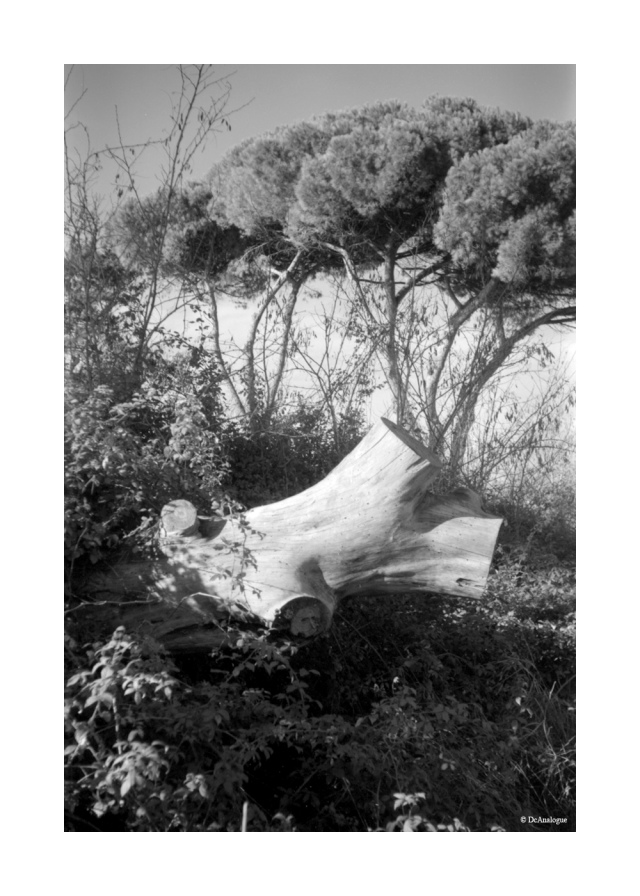
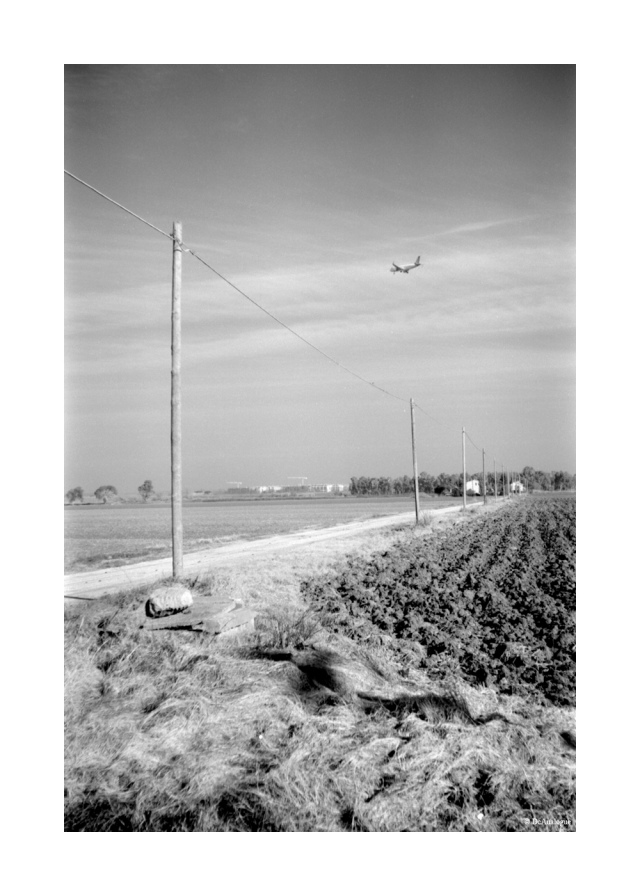
The specimen in my possession, is in excellent cosmetic condition and after a minor operation on the shutter, fully functioning, including the meter that has proven reliable enough. For this test, I used a Rollei Rpx 25film, developed in-Ars Imago Fd, a yellow Fsu-made filter (40.5) and a metal push-on hood.
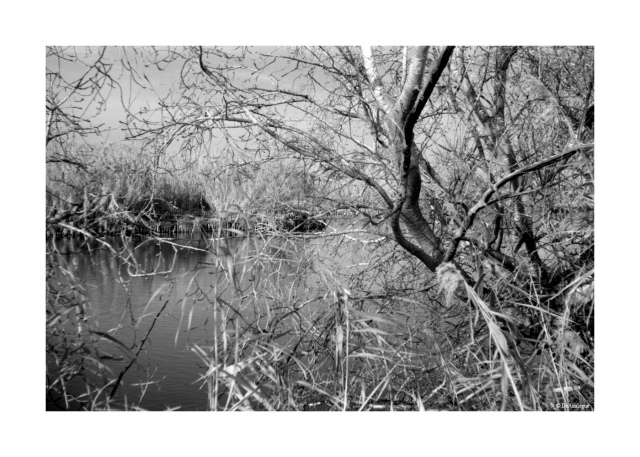
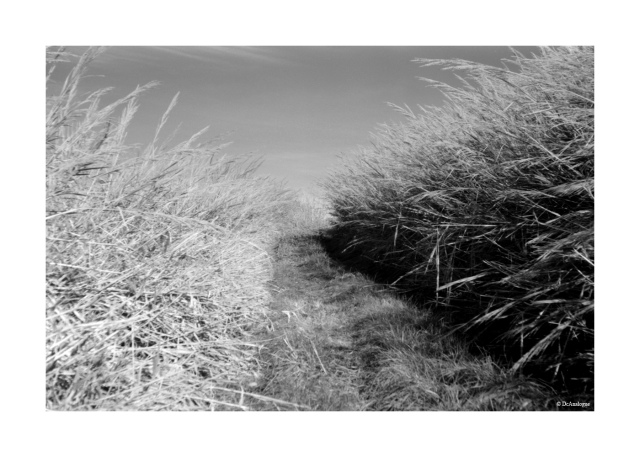
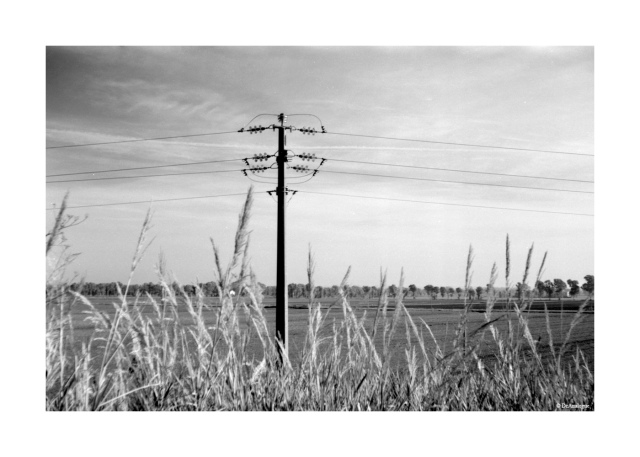
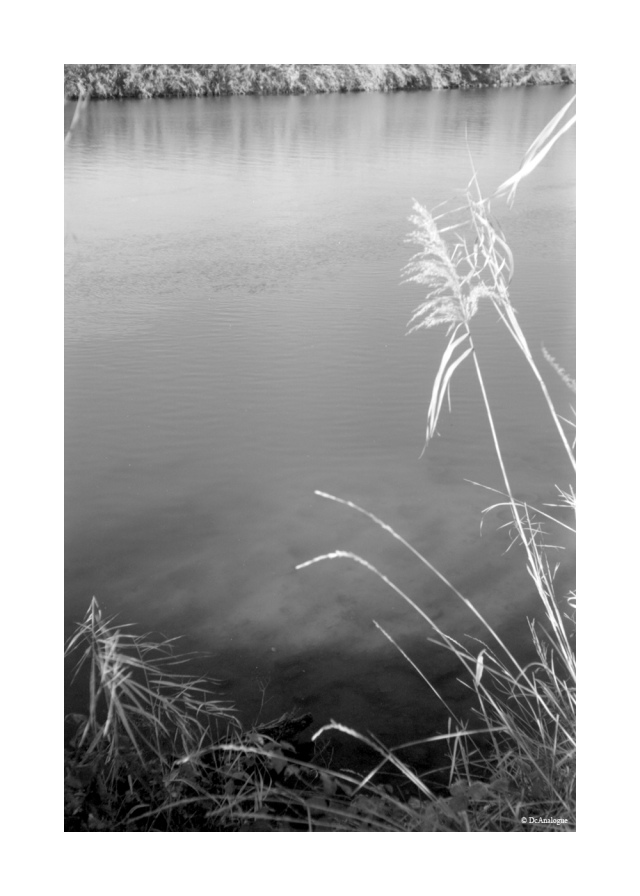
Clearly, we are not facing the sharpness of modern lenses but, as we film lovers well know, sharpness is not everything. Often, the final result depends on many other factors, such as the “personality” of the lens: that quality given by the set of strengths and weaknesses that characterize the specific lens. A soft and progressive bokeh (see the final picture where, despite having “missed” the focus on the twigs, you can appreciate an excellent out of focus in the background), or some “three-dimensional”, features are equally appreciated for the expressive outcome . So do not expect surgical sharpness, but rather a “retro” appearance still full of charm. It needs to take account of the fact that, using a slow film, I could not use apertures from f/11 up and rarely f/8. The majority of the shots has been done between f/4 and f/5.6 @ 1/60 sec.
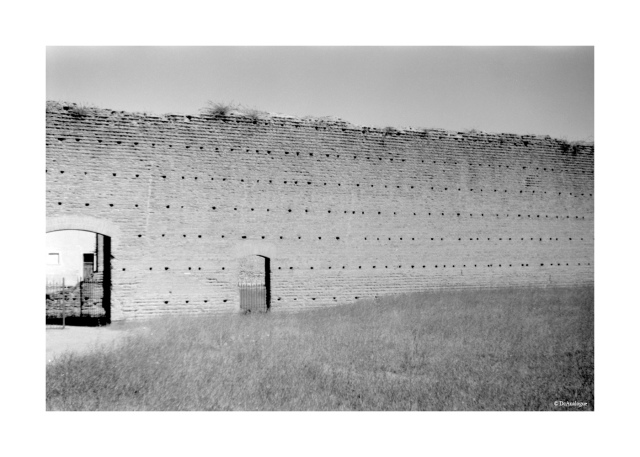
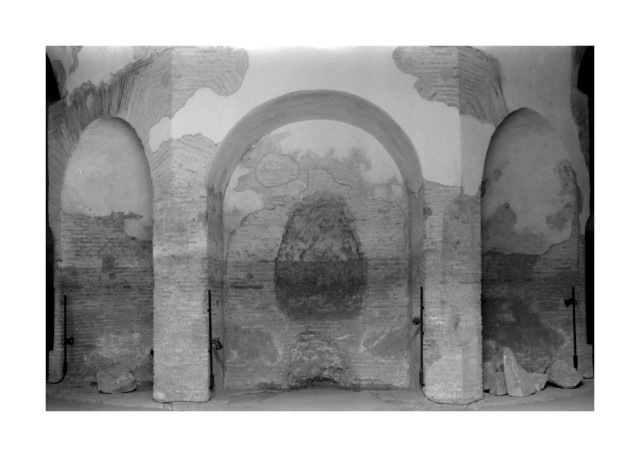
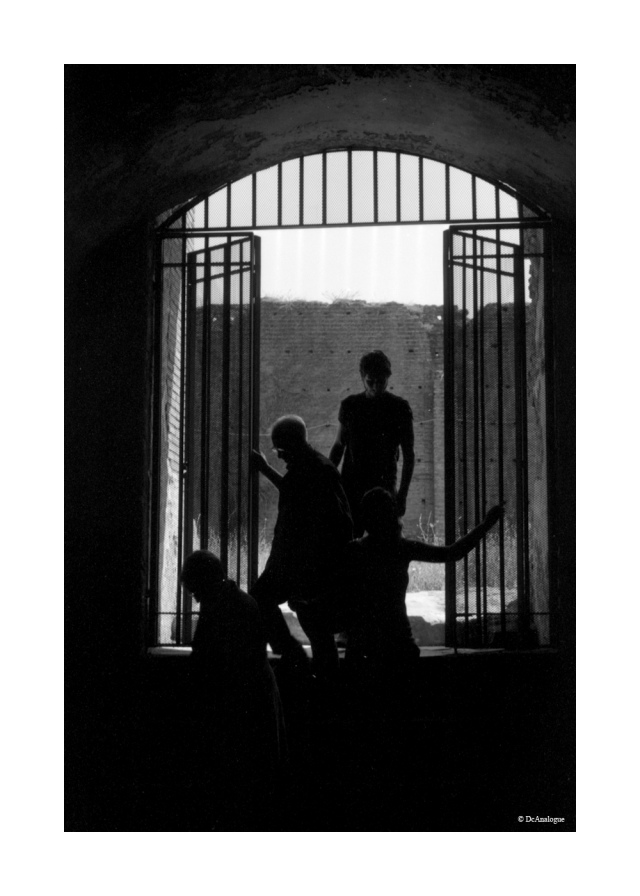
The yield of the 25 Rpx in Ars-Imago Fd (already tested with the Zenit 11) contributes to the end result giving a very nice grain, wide tonal range and easy playable scanning. In some cases, the metering (performed mainly with the meter of the Voskhod, but even with a Zeiss Ikophot or an app for smartphones) sometimes driven by Zone System allowed to reproduce the scene exactly as expected, even in not easy light condition (see photo of the gate between the trees or the other with the large boulder in the foreground). Of course the direct backlight has shown a remarkable flare but, all in all, I’m fully satisfied by the overall results.
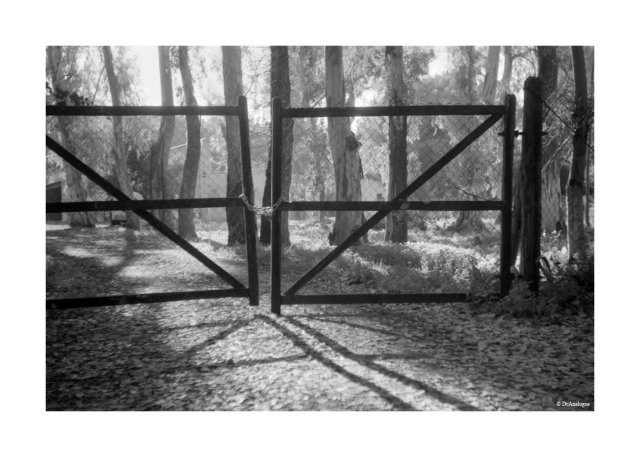
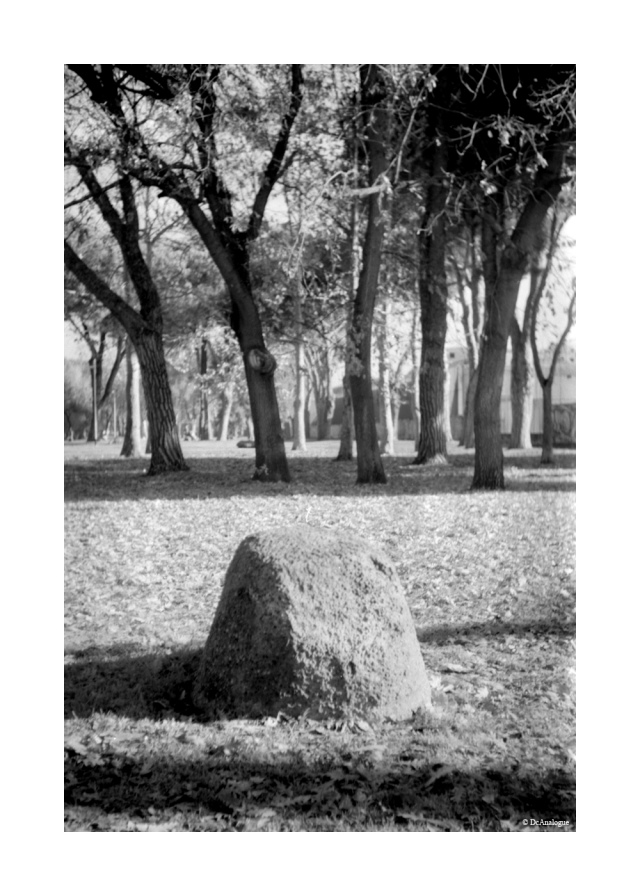
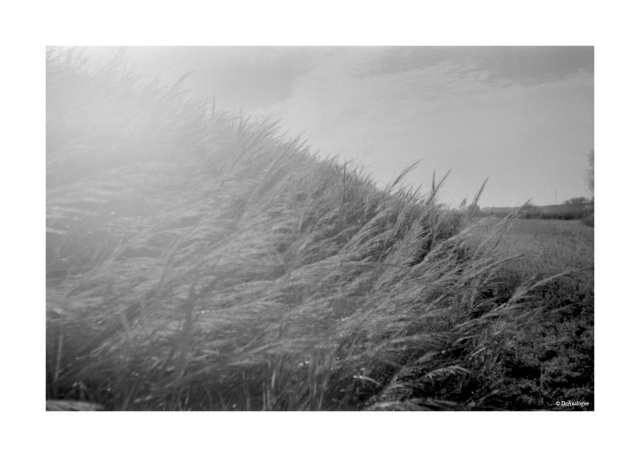
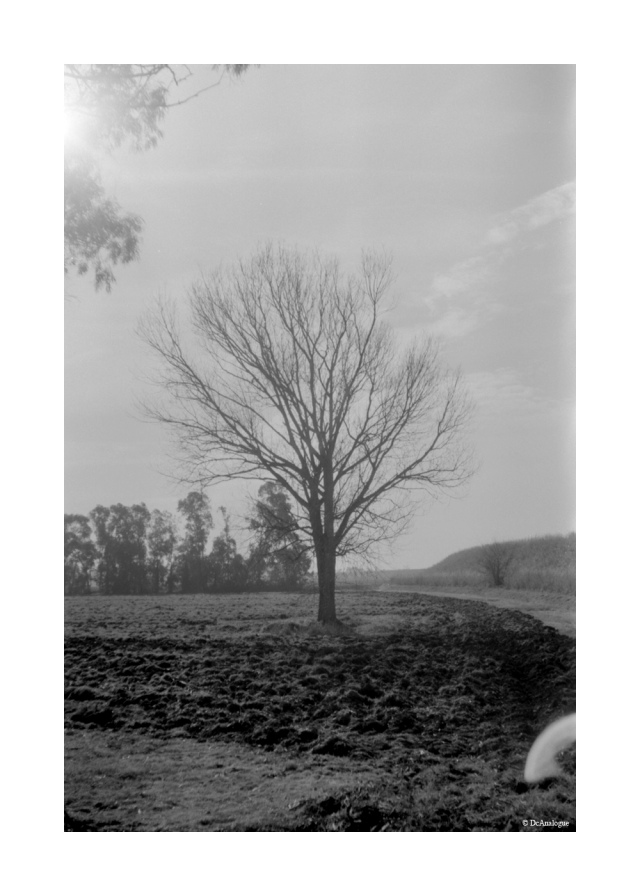
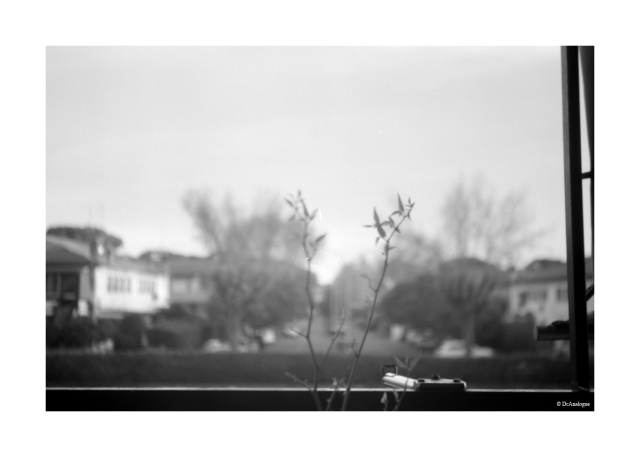
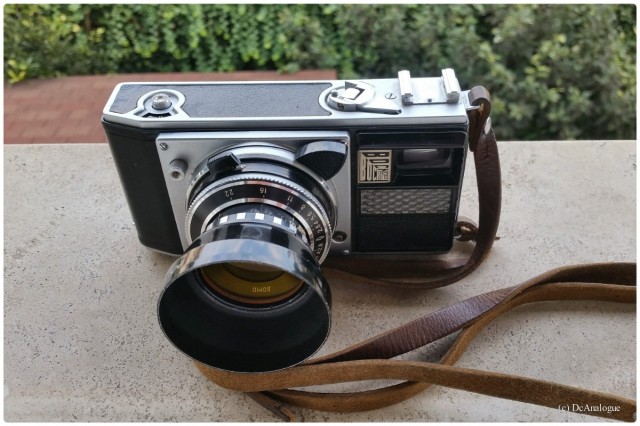
(Versione Italiana)
La Voskhod (Восход), che in italiano significa “Alba”, è una rara (circa 59.000 esemplari prodotti dalla Lomo) fotocamera sovietica degli anni 60. Al culmine della potenza scientifica ed economica dell’ex Urss ed in piena guerra fredda, la Voskhod fu progettata per dimostrare le capacità tecnologiche (e stilistiche) autonome d’oltrecortina. Non più quindi, uno dei tanti cloni di fotocamere occidentali ma, un progetto completamente nuovo, all’avanguardia e ben costruito. C’è da dire che non si può restare indifferenti alle forme (decisamente anni ’60) veramente insolite per una fotocamera, come anche davanti ad alcune caratteristiche tecniche. La forma allungata, l’ampio mirino, la leva di riavvolgimento incassata, i simboli stilizzati sulla scala di messa a fuoco e soprattutto, la grossa “pinna” nera che avanza la pellicola e contemporaneamente, arma l’otturatore. La fotocamera è dotata di esposimetro al selenio, obiettivo fisso “Triplet” 48 da 45mm f/2,8, con otturatore centrale ed accoppiamento tempi/diaframmi (disinseribile). Manca solo il telemetro (purtroppo) e la messa a fuoco (a stima) è facilitata dalla simbologia impressa sull’apposita ghiera.
L’esemplare in mio possesso, dopo un piccolo intervento sull’otturatore è in ottime condizioni estetiche e pienamente funzionante, compreso l’esposimetro che si è dimostrato abbastanza affidabile. Per la prova, ho utilizzato una pellicola Rollei Rpx 25, sviluppata in Ars-Imago Fd, un filtro giallo di fabbricazione sovietica (diametro 40,5) ed un paraluce metallico del tipo push-on.
Chiaramente, non siamo di fronte alla nitidezza degli obiettivi moderni ma, come sappiamo noi amanti della pellicola, la nitidezza non è tutto. Spesso, il risultato finale dipende da molti altri fattori, quali la “personalità” dell’obiettivo: quella qualità data dall’insieme di pregi e difetti che ne caratterizzano la specifica resa. Uno sfocato morbido e progressivo (si veda la foto finale dove, pur avendo “mancato” la messa a fuoco sui ramoscelli, si può apprezzare un ottimo fuori fuoco sullo sfondo), una certa “tridimensionalità”, sono caratteristiche altrettanto apprezzate ai fini del risultato espressivo. Non aspettiamoci quindi immagini dalla resa chirurgica, quanto piuttosto un aspetto piuttosto “retrò” ma comunque pieno di fascino. C’è da tenere conto anche del fatto che, usando una pellicola a bassa sensibilità, non ho potuto utilizzare diaframmi da f/11 in su e raramente f/8. La maggior parte degli scatti è stata realizzata tra f/4 ed f/5,6 e con tempi piuttosto lenti (1/60 sec.)
La resa della Rpx 25 in Ars-Imago Fd (già testata con la Zenit 11) contribuisce al risultato finale donando un’amplissima gamma tonale, facilmente gestibile alla scansione. In alcuni casi, la misurazione esposimetrica (effettuata oltre che con l’esposimetro della Voskhod, anche con uno Zeiss Ikophot esterno ed un’app per smartphone) di tipo zonale, ha permesso di riprodurre la scena esattamente come previsto, pur in condizioni di luce particolari (si veda la foto del cancello tra gli alberi o l’altra con il grosso masso in primo piano). Certo il controluce diretto ha mostrato un notevole effetto flare ma, tutto sommato, i risultati finali mi hanno pienamente soddisfatto.
Tech Data:
Camera: Lomo Voskhod – Film: Rollei Rpx 25 – Developer: Ars Imago Fd 1+39 3′ 15″ @ 20°C – Scanner: Epson V550
Complimenti per il tuo blog.
Sempre interessanti i tuoi esperimenti e i tuoi post
Belle immagini e qui un interessantissima scoperta, questa vecchia gloria sovietica ancora in grado di dire la sua.
Saluti e auguri
Marco
LikeLiked by 1 person
Grazie… e Auguri anche a te! 😀
LikeLike
Your pictures are wonderful – among the nicest BWs I’ve seen on Flickr, and this was a nice write-up of a Soviet camera I wasn’t familiar with. Thanks for sharing.
LikeLiked by 1 person
Thanks to you Steve, for your appreciation. I try to develop and scan film to preserve the natural tones scale without forcing too much the contrast, instead that following the actual digital trend to always create too dark and contrasty images. Of course, there are images that need contrast, but the final results are to be evaluate on real prints…;-)
LikeLike
bravo Donato… si vede la mano del professionista indipendentemente dalla fotocamera usata.
Da possessore di Voskhod tendo all’uso classico (basso contrasto con sole alle spalle) proprio per non mettere in difficoltà la lente molto propensa al flare… c’è da dire che nn posseggo un paraluce.
Però quando la tieni in mano, la soddisfazione è notevole; un bel pezzo di storia anni 60 dall’eleganza
insuperabile. La più bella tra le russe… ;/)
LikeLiked by 1 person
Grazie Luigi…. sono proprio le foto fatte da te che mi hanno convinto a prenderla qualche mese fa…. 😉
LikeLike